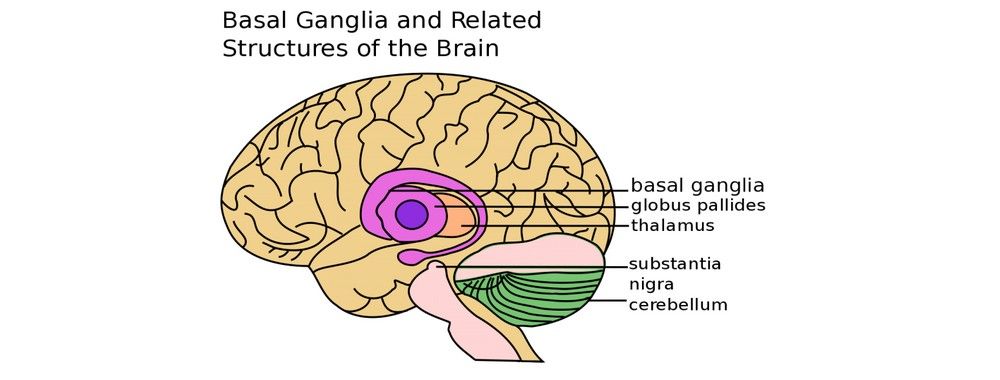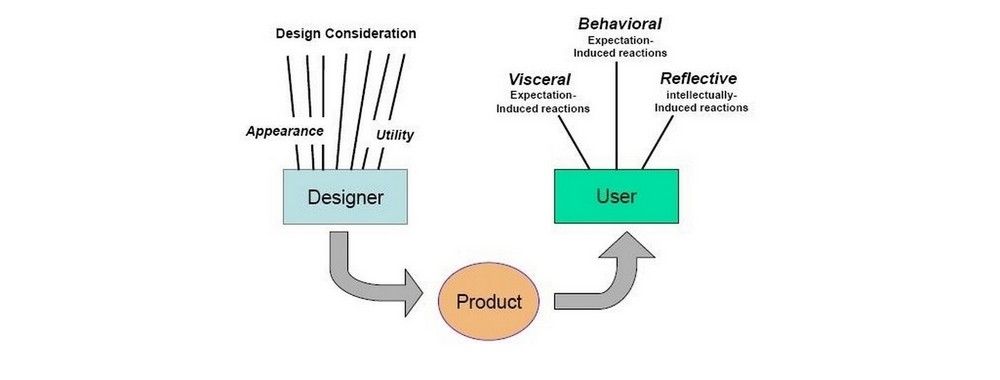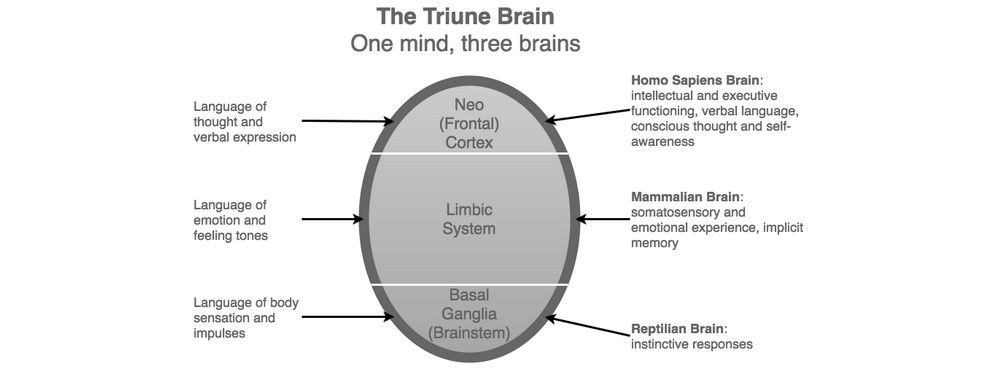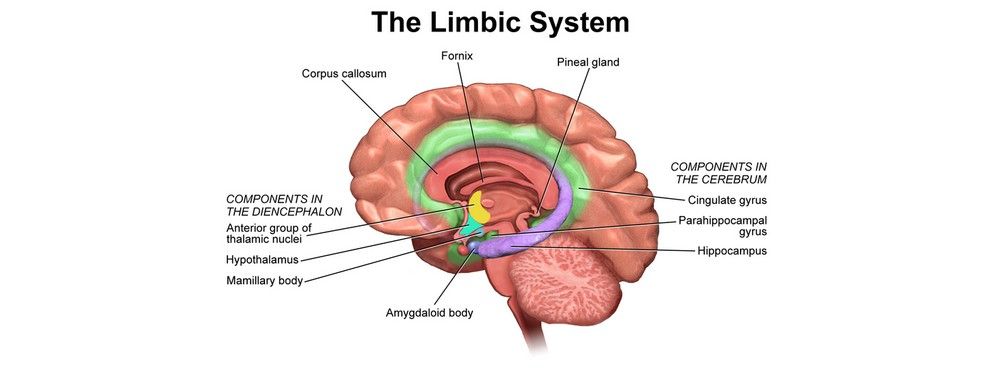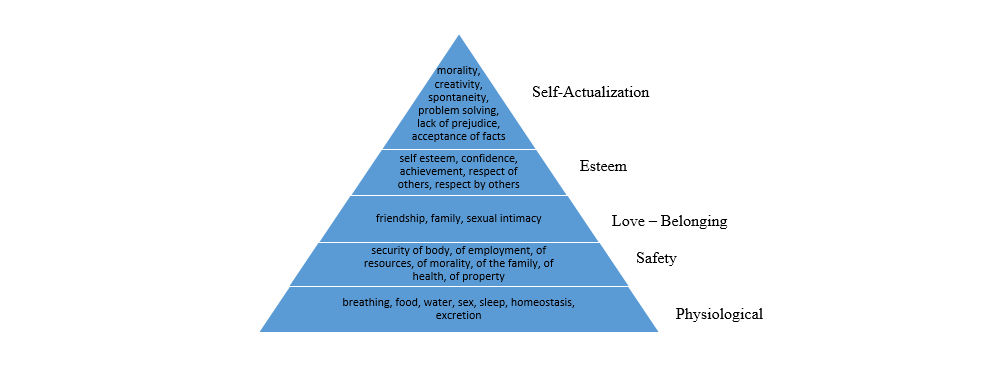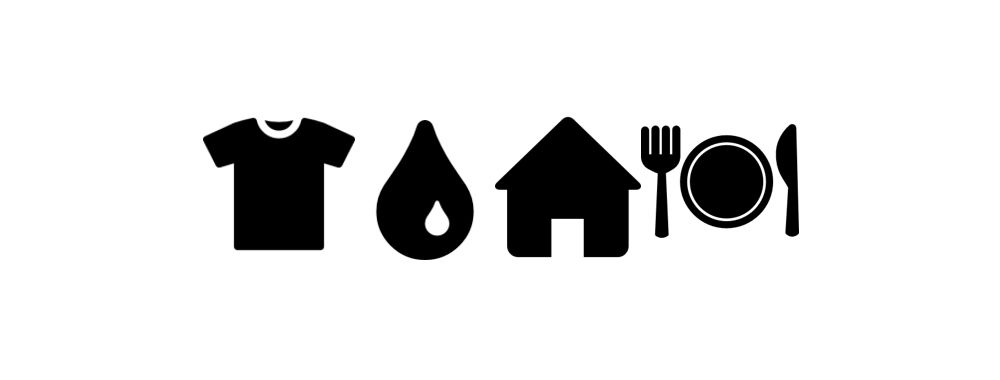The things we use and consume may satisfy the first four levels of needs in Maslow's hierarchy of needs, but they will never provide us with the characteristics, outlined below, which help us identify the attainment of self-actualization. Take all the safety, love, etc. you like; for all their importance, they don’t complete the jigsaw that makes up a person – or rather, the pyramid that constitutes the needs within. For this reason, we as designers must focus on how we can support our users in their activities – it’s the only way to meet them on this, the apex of needs.
In Motivation and Personality (1954), Abraham Maslow states, "What a man can be, he must be". Maslow's quote refers to self-actualization, which is the highest level or stage in his model of human motivation: the 'Hierarchy of Needs'. According to the hierarchy of needs, self-actualization represents the highest-order motivations, which drive us to realize our true potential and achieve our 'ideal self'. Self-actualization needs are also referred to as our 'being' needs; these include personal and creative self-growth, which are achieved through the fulfilment of our full potential. Maslow studied 'exemplary' people, or individuals considered to have realized their full or near to their full potential in their particular area of expertise or focus. These individuals included Mahatma Gandhi, Viktor Frankl, and Albert Einstein, who "personify a reality of self-actualisation".
Characteristics Common in Self-Actualized Individuals
Self-actualization is the final stage in the linear growth of an individual. Maslow believed that in order to achieve this state of personal fulfilment, the person must first satisfy the preceding needs (i.e. physiological, safety, love/belonging, and esteem, in that order). He contested that self-actualized individuals possess a number of characteristics that enable them to, first, satisfy the four initial categories of needs and, second, to contend with the dissonant relationship between free will (i.e. the supposed capacity to act based solely on our personal drives) and determinism (i.e. the effect of societal pressure and an internal consideration of how we will appear to others and the effects our actions will have on them). Below is a list of the characteristics possessed by self-actualized individuals as outlined by Maslow (1954):
Acceptance and realism: Self-actualization reflects the individual's acceptance of who he/she is, what he/she is capable of, and his/her realistic and accurate perception of the world around him or her (including the people within it and how they relate to the individual). When we have an inaccurate view of ourselves or the outside world, there is a dissonant, unsettling and deleterious disparity between our internal self and the external world. Self-actualization is achieved by those who have the most accurate view of themselves and the world around them.
Problem-centering: Self-actualized individuals are not purely focused on internal gain; they appreciate the benefits of solving problems that affect others so as to improve the external world. The desire to assist others is borne out of an internal sense of right and wrong, which is grounded in empathy.
Spontaneity: The self-actualized individual thinks and acts spontaneously, as a result of having an accurate self- and world-view. In spite of this spontaneity, these individuals tend to act and think within the accepted social norms and according to the expectations of others. These individuals are also usually open in their interactions with others, yet unconventional in their interaction styles, speech, and other aspects of behavior.
Autonomy and Solitude: While the self-actualized among us conform to societal norms and are often people-centered in their problem-solving, they often display the need for personal freedom and privacy. These private times are spent testing their potential, both mentally (i.e. thinking about their problems) and physically (i.e. acting out to identify strengths and weaknesses).
Continued Freshness of Appreciation: No matter how simple, straightforward or familiar an experience, the self-actualized individual is capable of seeing things from new perspectives and appreciating the breadth and wonder of things in his/her world. This capacity allows these individuals to develop new problem-solving strategies, and it fosters creativity as a result.
Peak Experiences: These are experiences that display three core characteristics: significance, fulfillment, and spirituality. These intense psychophysiological experiences include joy, wonder, awe, and ecstasy, and in self-actualized people they are thought to be more common. These peak experiences are thought to produce invigorating feelings such as inspiration, physical and mental vitality, and a renewed sense of perspective.
Self-Actualization and Design
This layer of human motivation represents the toughest nut to crack for designers. It would be fair to say no one product can provide us with an experience or series of experiences which allow us to achieve self-actualization. However, they can facilitate the realization of our true potential. The better products are, the better we can be. Conversely, if the products we are using are inefficient or ineffective, we are obstructed in our efforts to improve and reach our pinnacle.
While 'a good workman never blames his tools', when performance on many tasks in the modern world depends on the objects we have at our disposal, the workmen (and women) of today would be forgiven for blaming their tools to a certain degree. Therefore, your products may not satisfy all human needs or carry users to the peak of Maslow's hierarchy of needs, but they can enable and support the process. As the conditions that impinge on or constrain products differ, we cannot isolate any qualities which guarantee the transition from disaffected user to self-actualized human being.
However, a bottom-up approach, taking into consideration the factors, qualities, and characteristics that constrain all users (e.g., psychology, perception, sensation, and societal restrictions), can provide the insights necessary for developing products that are sympathetic to the human condition.
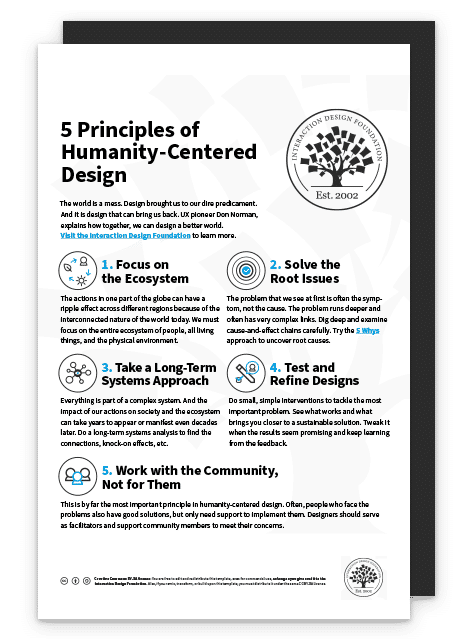

Design to Support, Facilitate and Enable
Web psychologist Nathalie Nahai states, in her book Webs of Influence: The Psychology of Online Persuasion (2012):
“Sites such as Pinterest, Tumblr and Flickr...provide a platform for people to share images for the sheer beauty of it. Although some may consider these services pointless (debates rage about the difficulty of monetising such platforms), the fact that people are flocking to these sites from all over the world points towards their intrinsic value...Therefore, any service that provides us an easy way in which to do this is bound to garner a lot of attention.”
Products that allow us to connect, communicate, learn, and share knowledge have the capacity to improve (and, unfortunately, negatively affect) our lives. The sharing of knowledge is of particular importance; in order for us to reach our true potential, most pursuits require knowledge. For example, if we want to learn a new language, we need resources that help us commit the rules and patterns of this new language to memory. Likewise, keep-fit fanatics may seek dietary information to help them develop a meal-plan so as to achieve their peak physical strength and ensure they maintain good health in the process.
Ultimately, design can help self-actualization by obtaining first a thorough understanding of the obstacles and processes involved in attaining a goal and then providing solutions that support the user’s activity in doing so.
The Take Away
The things we use and consume may satisfy the first four levels of needs in Maslow's hierarchy of needs, but they will never provide us with the characteristics, outlined above, which help us identify the attainment of self-actualization – or being the best we can be. For this reason, we as designers must focus on how we can support our users in their activities. Indeed, while we cannot produce any single artifact with which a user can actually achieve self-actualization, we always have the chance to design in order to make it easier for our users to realize their potential. The insights we gather from considering the factors, qualities, and characteristics that restrict all users (e.g., psychology, perception, sensation, and societal restrictions) will be a vital ingredient in helping us make designs that truly chime in with the human condition and the associated needs.
References & Where to Learn More
Nahai, Nathalie. Webs of Influence: The Psychology of online persuasion. Pearson UK, 2012.
Kendra Cherry (2016) What are peak experiences?
Kendra Cherry (2013) What is self-actualisation?
Ann Olson (2013) The Theory of Self-Actualisation
Hero Image: Copyright holder: ArunMash on Flickr.com, Copyright Terms and License: CC-BY-2.0


